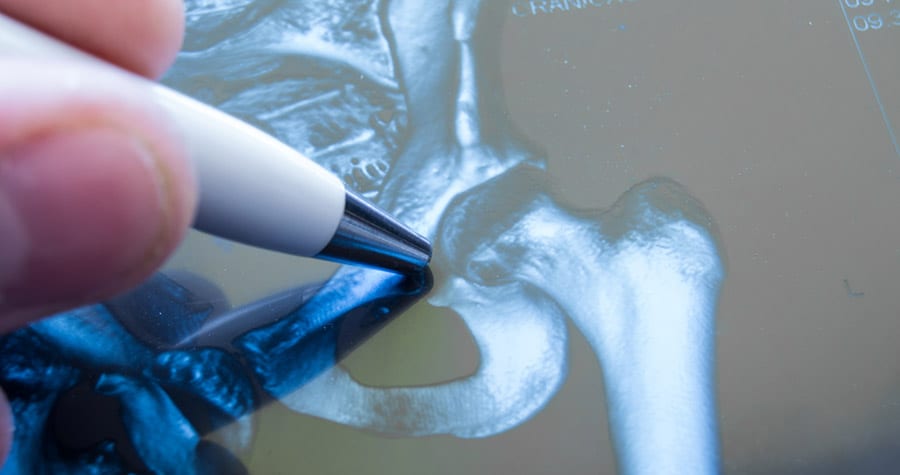
Orthopedics Throughout History
Did you know that the principles of orthopedics were developed and used even during the ancient times? Ancient civilizations used these systems in describing the methods of recognizing and managing the most common orthopedic conditions. Additionally, the study of medicine in a systematic manner by Romans and Greeks significantly improved the understanding of surgical techniques and orthopedic anatomy, paving the way for orthopedic surgeons today.
The modern word orthopedics was derived from the ancient word orthopedia. This was the title of a 1741 book published by Nicholas Andry, a professor at the University of Paris. The word orthopedia comprises two Greek words: orthos, which means “straight and deformity free” and paidios, meaning “child.”
The meanings suggest the significance of pediatric deformities and injuries in the development of this field. Interestingly, the professor’s book gave a depiction of a crooked tree attached to a rigid straight staff. This inscription has subsequently become the worldwide symbol of orthopedic surgery, as it symbolizes the focus to correct deformities in young people.
Orthopedics Through the Years
The practice of orthopedics can be traced back to the primitive man. Fossil evidence confirms that today’s orthopedic pathology, such as traumatic amputations and fractures, existed during the primitive times. The fair alignment in the union of fractures has also been noted, emphasizing the potency of non-operative orthopedics. These crude orthopedic procedures in the New Stone Age have significantly contributed to the development of the current sophisticated techniques.
Other civilizations later developed creative ways of managing orthopedic injuries. For instance, 700-2000 B.C. Shoshone Indians used fresh rawhide soaked in water to make splints. Similarly, several tribes in Southern Australia made clay splints which were similar to plaster when dried. Additionally, the old profession of reductions or bone-settings emphasizes the significance of orthopedic injuries in the early civilizations.
Slow progress in the field of orthopedics characterized the middle age period. However, the renaissance brought about rapid advancement. During this time, the description of various orthopedic conditions and injuries was significantly improved. These advances collectively created the foundation for modern orthopedics.
Modern Orthopedics
The 20th century was characterized by the introduction of novel technology as well as rapid development in control of infections. For instance, invented by Wilhelm Conrad Rontgen in 1895, the x-ray machine improved the ability of orthopedic surgeons to diagnose and manage orthopedic injuries ranging from osteoarthritis to fractures. Ambulances were developed in 1487 by Queen Isabella of Spain as the first field hospitals came into use in the two World Wars. These advancements, alongside the development of antibiotics, made possible the delayed primary wound closure and wound skin grafting.
During the Second World War, Doctor Smith Peterson of Harvard University made possible the mobility of patients with hip fractures by designing the three-phalange nail. This was closely followed by the performance of the first metal hip arthroplasty by Austin Moore in 1942. Subsequently, joint replacement was advanced in the 1960s by Sir John Charnley in Manchester.
The field of orthopedics has undergone a great transformation. These changes have significantly impacted the lives of orthopedic patients across generations. With the rapid improvements in technology, the field is set to undergo further development.







